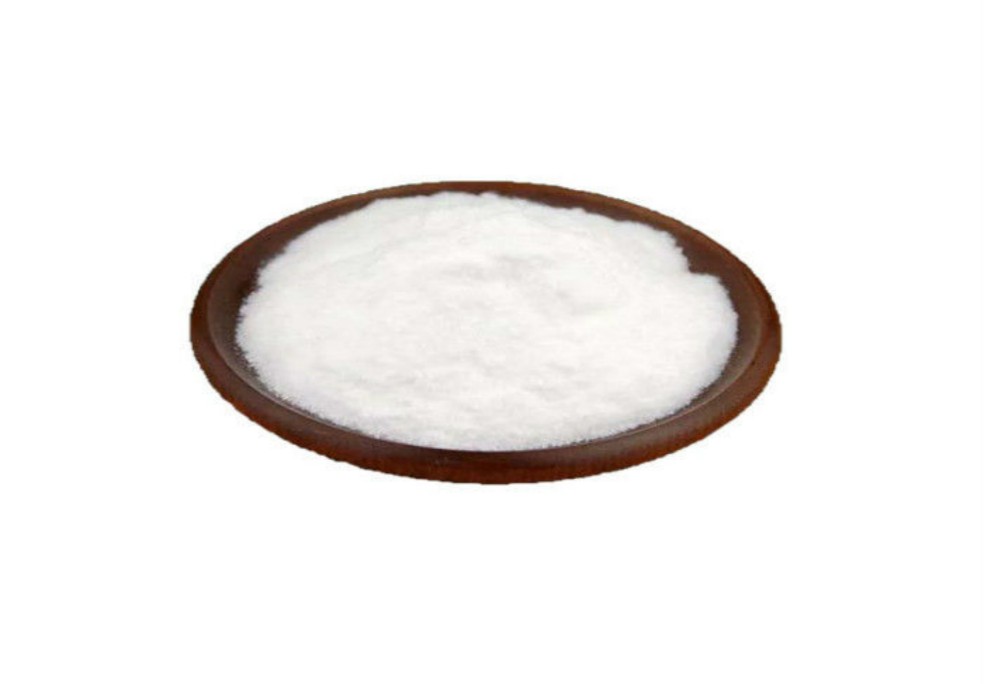alias : Epiandrosterone Acetate; Dehydroepiandrosterone acetate;Prasterone acetate; isoandrosterone acetate; transandrosterone acetate; Dehydroepiandrosterone acetate (DHA)
CAS: 1239-31-2
Formula : C21H30O3
MW : 330.4611
Molecular Structure:
Densitas : 1.12g* / cm3
Liquescens punctum : 168-170 ℃
Ferveret : 434.8 ° C at 760 mmHg
Mico punctum : 188.1 ° C
Vapor Pressure : 9.24E-08mmHg at 25 ° C
Dehydroepiandrosterone Acetate (DHEA Acetate) is a naturally hormone produced by the adrenal gland. In the body, DHEA Acetate serves as a parent hormone, transforming initially to androstenedione prior to transforming to other hormones, such as testosterone. In many areas, androstenedione is a controlled substance. Making use of supplements consisting of DHEA Acetate for bodybuilding can be an alternative method to legally enhance testosterone levels.
Supplementation of DHEA Acetate appears to be effective in persons over 40 in the dosage range of 25-50mg, while prolonged usage of 100mg appears to be safe in this demographic. While the usage of DHEA Acetate in young persons for the purpose of testosterone enhancement is not clear, it tends to be used at 200mg for this purpose.
Effectus androgenicos includunt maturationem organorum sex, praecipue coles et formatio scroti in foetu, et post nativitatem (plerumque pubertatem) incrementum barbae et capillorum axillares, penitius vocis. Multae ex his cadunt in categoriam notarum secundarum masculinorum.
Anabolic steroids effect include growth of muscle strength and mass, increased bone strength and density, et excitatio incrementi linearis et ossis maturationis.
Dehydroepiandrosterone acetate enhances lean muscle mass,as it increases IGF-1 in the body, which is a critical component to muscle growth.In addition, DHEA Acetate has been shown to aid in fat loss, especially in the abdominal region.






















